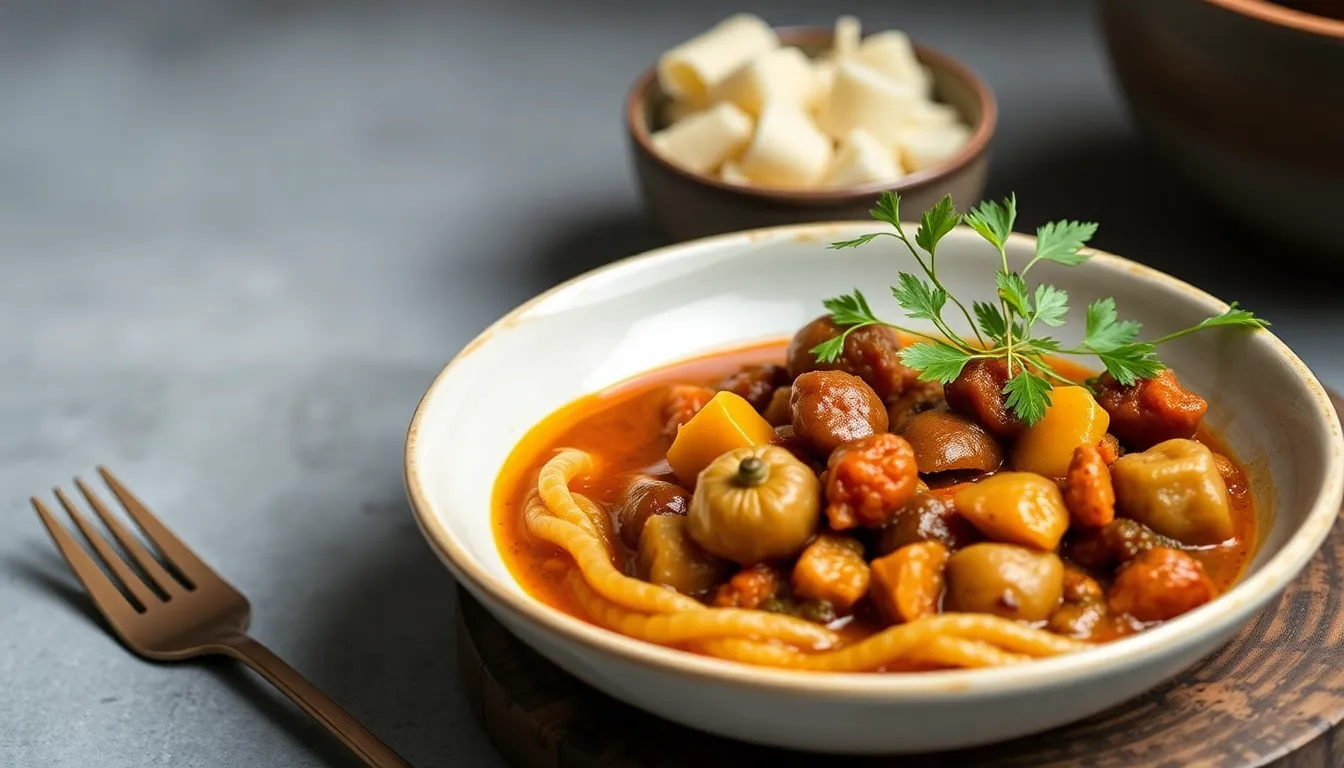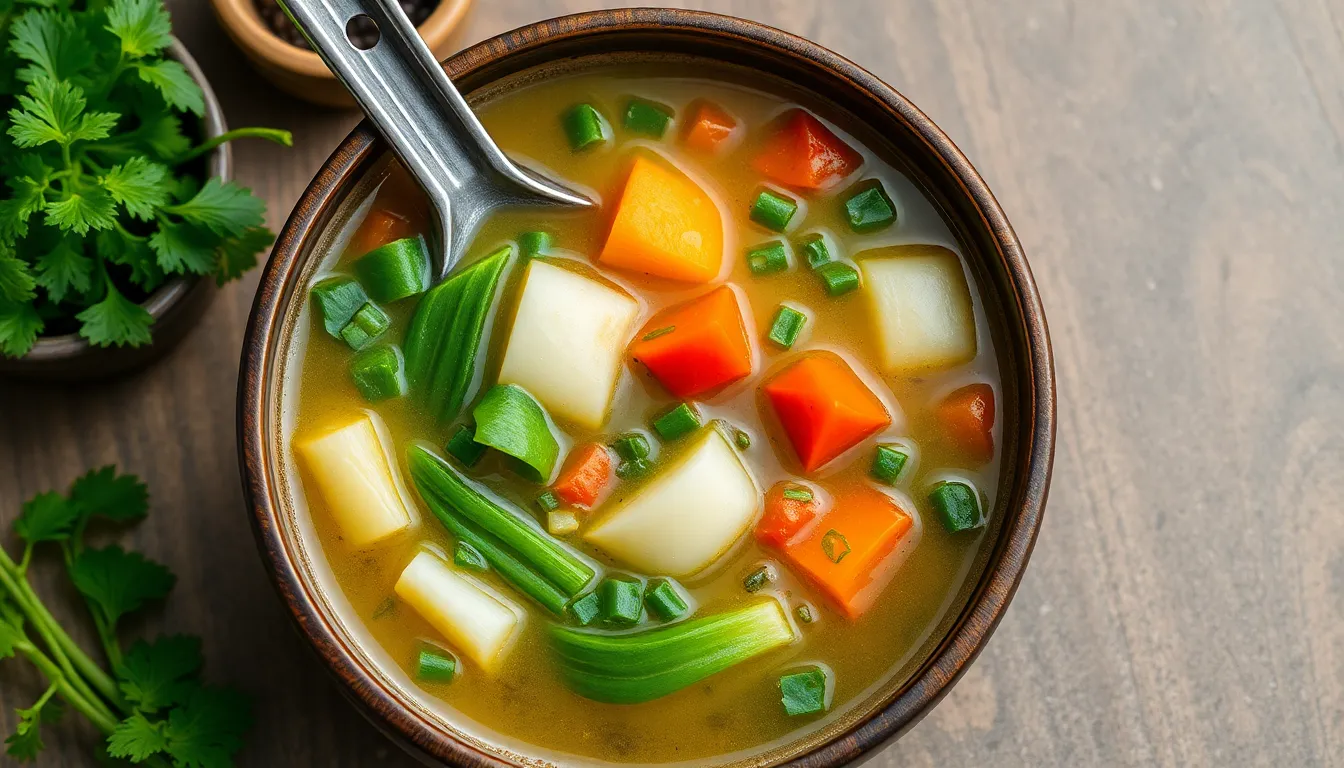The Best Legume Dishes from Around the World
Introduction
Legumes are one of the most nutritious food groups available, offering a treasure trove of health benefits. Packed with protein, fiber, vitamins, and minerals, they provide essential nutrients while being low in fat. These remarkable plants grow in pods and include beans, lentils, peas, and chickpeas among others. Their versatility makes them a staple across various cultures and cuisines, forming the backbone of meal preparations from hearty stews to light salads.
In this blog post, we will explore the world of legumes, highlighting their nutritional benefits, the myriad types of legumes available, and an array of legume dishes from different regions. From India to Italy, we’ll take a culinary journey that showcases the diverse and delicious ways legumes are prepared and enjoyed.
Section 1: What are Legumes?
Legumes are plants that belong to the family Fabaceae. They are characterized by their seed pods, which split open on both sides when ripe. Many legumes are cultivated primarily for their seeds, which are a rich source of protein and various nutrients.
Types of Legumes
- Beans: Kidney beans, black beans, pinto beans, etc.
- Lentils: Red, green, brown, and black lentils.
- Peas: Green peas, split peas, snow peas.
- Chickpeas: Also known as garbanzo beans, versatile in cooking.
Nutritional Benefits
Legumes are remarkably beneficial for health, offering a range of nutrients:
- Protein: Essential for building and repairing tissues.
- Fiber: Aids in digestion and helps maintain healthy cholesterol levels.
- Vitamins and Minerals: Including iron, folate, potassium, and magnesium.
- Low in Fat: Makes them a heart-healthy choice.
Section 2: Legume Dishes by Region
Subsection 2.1: Asia
Dish 1: Dal Makhani (India)
Dal Makhani is a rich and creamy lentil dish from North India, made primarily from black lentils (urad dal) and kidney beans (rajma). It is usually slow-cooked to allow the flavors to meld and develops a buttery texture.
Key ingredients:
- Black lentils (urad dal)
- Kidney beans (rajma)
- Butter or cream
- Tomatoes, garlic, and spices (cumin, coriander, garam masala)
Dish 2: Miso Soup with Edamame (Japan)
Miso Soup is a traditional Japanese soup made with dashi broth and miso paste, often garnished with tofu and seaweed. Edamame adds a delightful crunch and a boost of protein.
Key ingredients:
- Miso paste
- Dashi (Japanese soup stock)
- Edamame (young soybeans)
- Tofu and seaweed (wakame)
Subsection 2.2: Africa
Dish 1: Ful Medames (Egypt)
Ful Medames is a staple Egyptian dish made from fava beans, typically served with olive oil, garlic, and lemon juice. It has a rich history and is often eaten for breakfast.
Key ingredients:
- Fava beans
- Olive oil
- Garlic
- Lemon juice and spices
Dish 2: Pea Soup (South Africa)
This hearty soup is made from split peas and is known for its warming qualities. South African pea soup often includes smoked meats or sausages for added flavor.
Key ingredients:
- Split peas
- Carrots and onions
- Smoked sausage or bacon
- Spices (bay leaves, thyme)
Subsection 2.3: Europe
Dish 1: Pasta e Fagioli (Italy)
Pasta e Fagioli, or pasta and beans, is a rustic Italian soup that combines small pasta with cannellini beans, often flavored with tomatoes, garlic, and herbs.
Key ingredients:
- Cannellini beans
- Small pasta (like ditalini)
- Tomatoes
- Onions and garlic
- Herbs (oregano, parsley)
Dish 2: Lentil Soup (France)
Lentil Soup is a comforting French dish that showcases the humble lentil. Often made with vegetables and herbs, it’s a staple in many French households.
Key ingredients:
- Green or brown lentils
- Carrots, celery, and onions
- Garlic and herbs (thyme, bay leaf)
Subsection 2.4: America
Dish 1: Black Bean Tacos (Mexico)
Black Bean Tacos are a popular street food in Mexico. They feature spiced black beans served in soft or crunchy taco shells, often topped with fresh ingredients.
Common toppings:
- Shredded lettuce
- Diced tomatoes
- Avocado or guacamole
- Cheese and sour cream
Dish 2: Hoppin’ John (United States)
Hoppin’ John is a Southern dish made with black-eyed peas and rice, traditionally served on New Year’s Day for good luck. It is often flavored with smoked meat.
Key ingredients:
- Black-eyed peas
- Rice
- Onion and bell pepper
- Smoked ham hock or sausage
Subsection 2.5: Middle East
Dish 1: Hummus (Various Countries)
Hummus is a popular dip made from blended chickpeas, tahini, lemon juice, and garlic. Its creamy texture and nutty flavor have made it a beloved dish worldwide, with many regional variations.
Popular variations:
- Roasted Red Pepper Hummus
- Spicy Harissa Hummus
- Beetroot Hummus
Dish 2: Mujadara (Lebanon)
Mujadara is a traditional Lebanese dish of lentils and rice, garnished with caramelized onions. It is both simple and hearty, representing comfort food in the Middle Eastern cuisine.
Key ingredients:
- Brown or green lentils
- Rice or bulgur
- Onions (for caramelizing)
- Spices (cumin, coriander)
Section 3: Cooking Tips for Legumes
Cooking legumes can be a straightforward process if you follow a few simple tips:
Soaking and Cooking Methods
- Soaking: Most dried legumes benefit from soaking to reduce cooking time and improve digestibility. Soak overnight in cold water or for a few hours in hot water.
- Cooking: After soaking, rinse the legumes and cook them in fresh water until tender. Use a pressure cooker for faster results.
Flavoring and Pairing Suggestions
Legumes can absorb flavors beautifully, so don’t hesitate to add spices, herbs, and aromatics during cooking. Here are some pairing suggestions:
- Herbs: Bay leaves, thyme, rosemary, or parsley.
- Spices: Cumin, coriander, turmeric, and paprika.
- Aromatics: Onions, garlic, ginger, and shallots.
Storage Tips for Cooked Legumes
Cooked legumes can be stored in the refrigerator for up to a week. For longer storage, freeze them in airtight containers or freezer bags. Ensure they are completely cool before freezing, and label with the date for easy tracking.
Section 4: Nutritional Comparison Table
| Legume | Protein (g) | Fiber (g) | Calories |
|---|---|---|---|
| Chickpeas | 19 | 12.5 | 164 |
| Lentils | 18 | 15.6 | 230 |
| Black Beans | 15 | 15 | 227 |
| Fava Beans | 13.2 | 9.5 | 187 |
| Peas | 8.6 | 6.5 | 62 |
Conclusion
Legumes are not only a powerhouse of nutrition but also a gateway to exploring the culinary richness of cultures across the globe. From the comforting lentils of France to the vibrant black bean tacos of Mexico, legumes offer endless possibilities for delicious meals. Incorporating more legumes into your diet can contribute significantly to your overall health and well-being. So, whether you’re cooking a traditional dish or experimenting with your own recipes, embrace the versatility and flavors that legumes have to offer!




